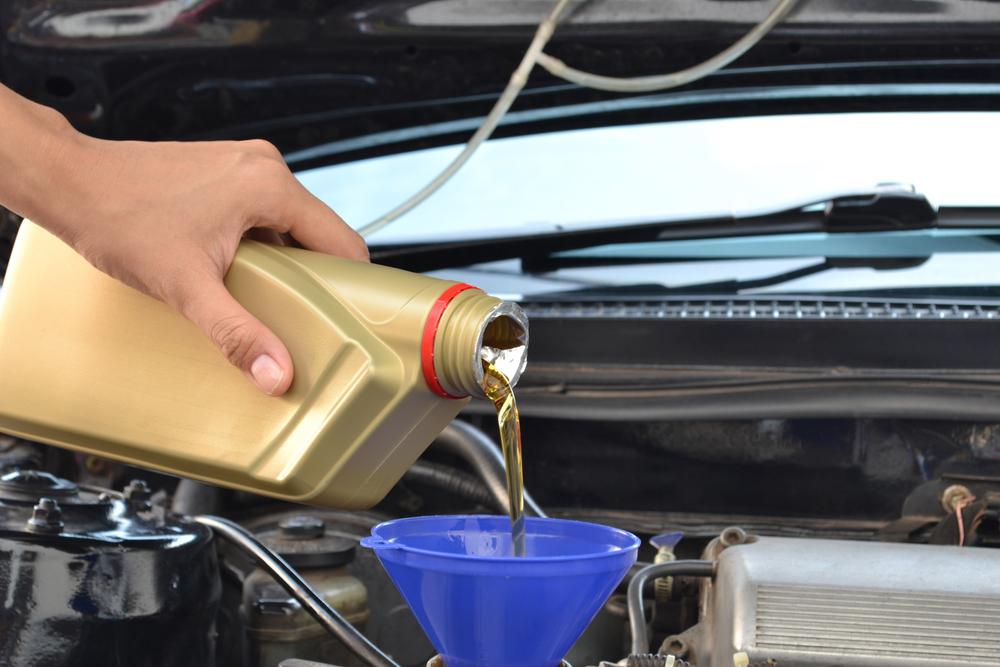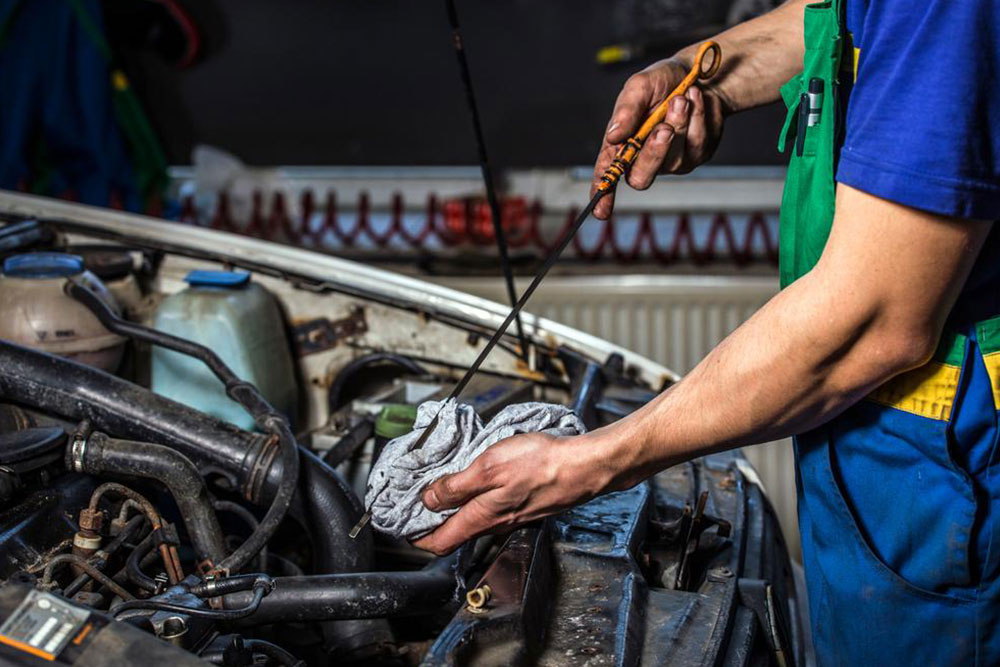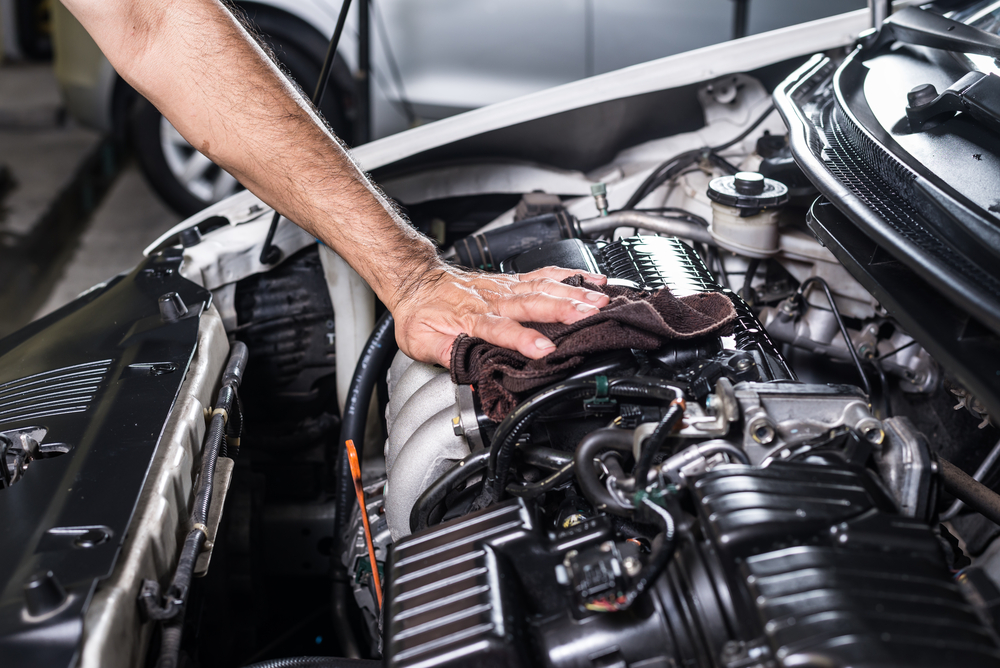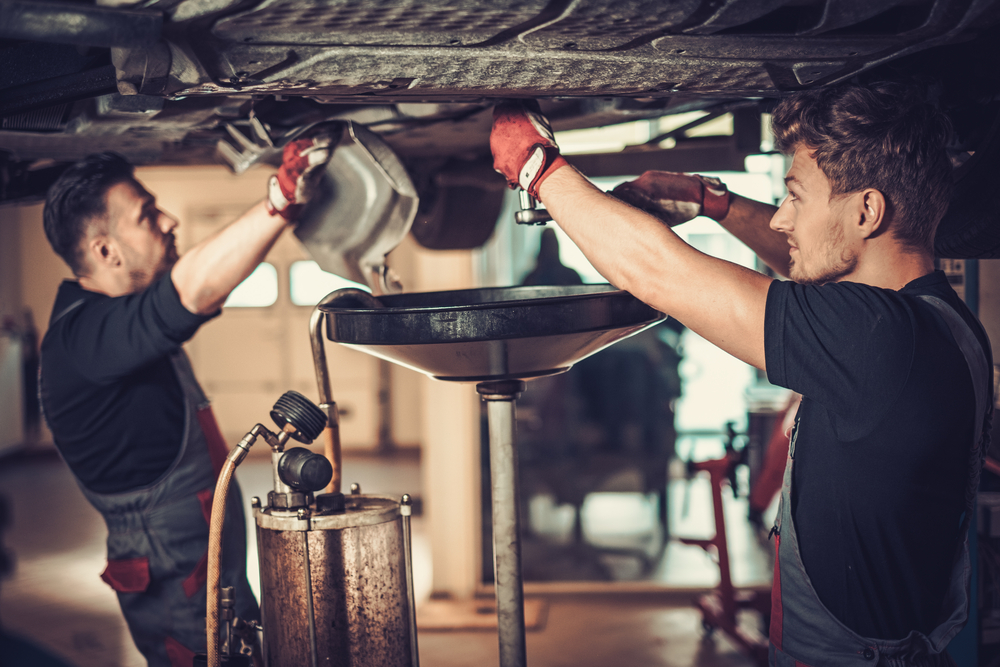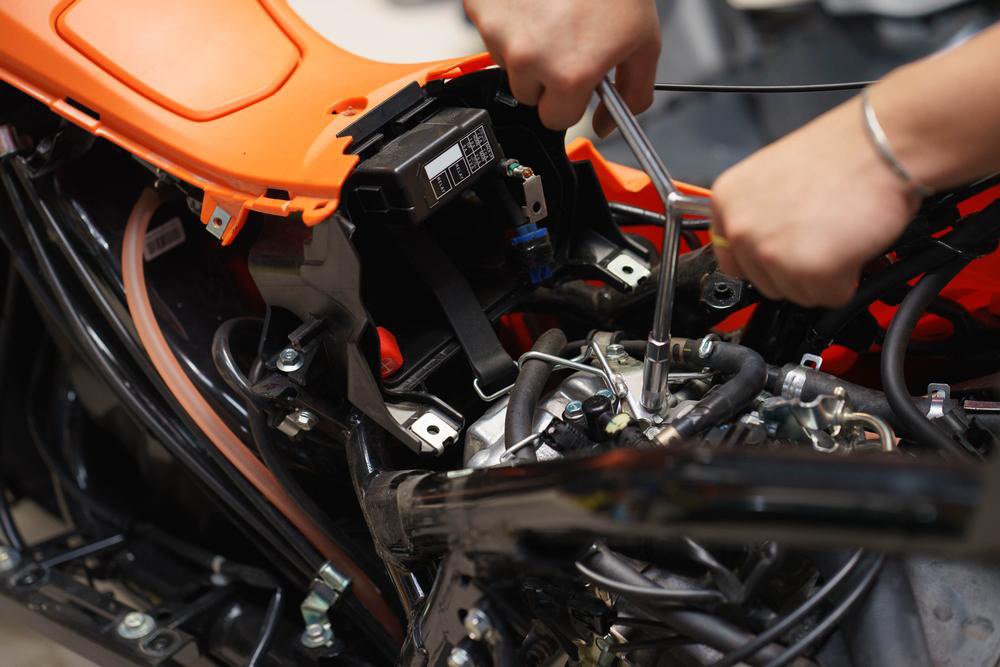Comprehensive Vehicle Maintenance Strategies to Maximize Longevity and Performance
Maintaining your vehicle with regular check-ups, timely replacements, and ongoing inspections is essential for longevity, safety, and optimal performance. This detailed guide covers key maintenance practices, including oil changes, tire care, system inspections, and more, helping vehicle owners extend their car's lifespan while saving money on future repairs. Proactive vehicle upkeep ensures safety, reliability, and better resale value, making driving a more enjoyable and worry-free experience across the years.
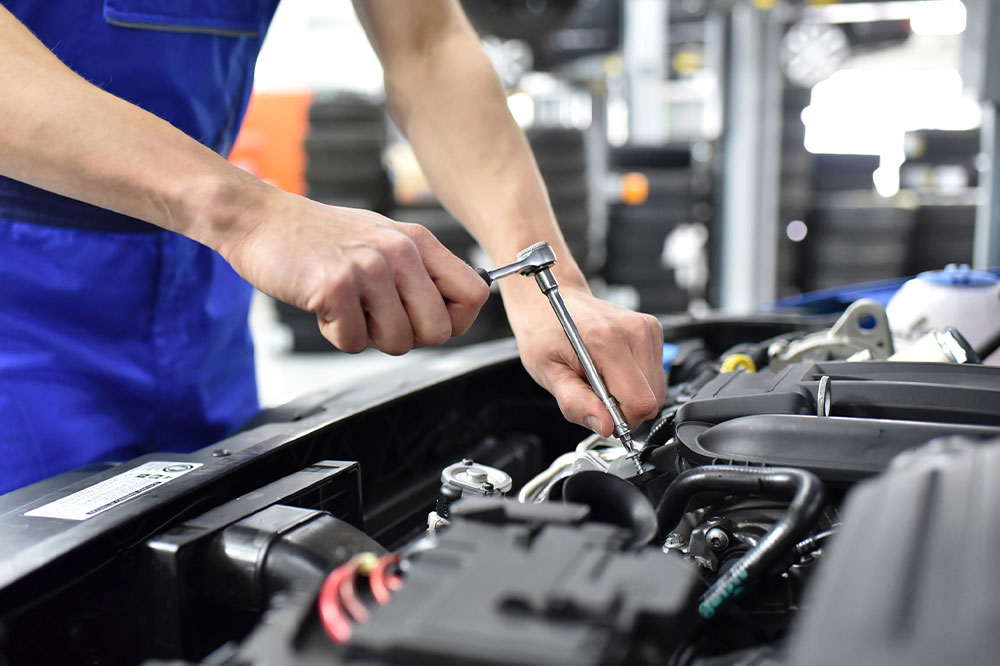
Comprehensive Vehicle Maintenance Strategies to Maximize Longevity and Performance
Ensuring your vehicle remains in top condition over the years is essential for safety, efficiency, and cost savings. Regular maintenance routines not only help identify and resolve issues early but also significantly extend your vehicle's operational lifespan. Neglecting these vital upkeep practices can lead to mechanical failures, safety hazards, and increased repair expenses. In this comprehensive guide, we delve into essential vehicle maintenance tips that can help you preserve your car’s performance, safeguard your investment, and enjoy trouble-free driving for many years.
Regular Oil and Oil Filter Changes
One of the fundamental aspects of vehicle maintenance is regular oil changes. Engine oil lubricates the moving parts within your engine, reduces friction, and prevents overheating. Over time, oil breaks down and becomes contaminated with dirt, debris, and combustion byproducts, which can impair engine performance. Consistently replacing engine oil ensures proper lubrication, minimizes internal wear, and keeps your engine running smoothly. Additionally, changing the oil filter each time you replace the oil prevents harmful contaminants from circulating through your engine, which can cause long-term damage and decreased efficiency. Manufacturers typically recommend oil changes every 3,000 to 5,000 miles, but this can vary based on driving conditions and oil type. Maintaining this schedule is essential for optimal engine health.
Proper Wheel Alignment
Wheel alignment plays a pivotal role in ensuring your vehicle handles correctly and that your tires wear evenly. Misaligned wheels can cause uneven tire tread wear, reduce fuel efficiency, and negatively impact vehicle handling. Regularly checking and adjusting wheel alignment—especially after hitting potholes or rough terrain—not only prolongs the life of your tires but also improves overall safety and driving comfort. Proper alignment helps prevent steering problems and ensures that your vehicle responds accurately to driver inputs, which is vital for both everyday driving and emergency maneuvers.
Power Steering System Maintenance
The power steering system requires regular checks to keep steering responsive and smooth. This involves inspecting the power steering fluid levels and replacing or topping up fluid as needed. Dirty or low fluid can cause whining noises, difficulty steering, and eventual system failure. Some vehicles may also benefit from periodic power steering fluid flushes, which remove accumulated debris and moisture that can cause corrosion or damage. Maintaining a healthy power steering system not only enhances driving comfort but also prevents costly repairs down the line.
Brake System Upkeep
Reliable braking is paramount for safe driving. Regularly inspecting brake pads, rotors, and brake fluid is vital. Brake fluid absorbs moisture over time, which can lead to corrosion and reduced braking performance. Typically, brake fluid should be replaced every 20,000 to 45,000 miles, depending on vehicle specifications. Any signs of brake squealing, vibration, or a soft brake pedal should prompt immediate inspection. Ignoring brake maintenance can lead to compromised safety, increased repair costs, and potential accidents. Ensuring the brake system is in excellent condition is a key aspect of vehicle longevity and safe driving.
Battery Health and Replacement
A well-functioning battery is crucial for starting your vehicle reliably. Car batteries typically last around five years, although this depends on climate, usage, and maintenance. Regularly checking the battery’s condition—including looking for swelling, corrosion on terminals, or leaks—can prevent unexpected breakdowns. If the battery shows signs of weakening or trouble holding a charge, replacement should be done promptly. Proper battery maintenance involves cleaning terminals and ensuring secure connections. Investing in quality batteries and timely replacements can save you from roadside emergencies and ensure your vehicle starts reliably every time.
Tire Inspection, Rotation, and Replacement
Tires are your vehicle’s only contact with the road. Regularly examining tires for tread wear, cuts, or bulges and maintaining proper tire pressure is essential for safety and fuel efficiency. Worn tires not only reduce grip and increase stopping distances but can also lead to blowouts. Rotating tires every 5,000 to 8,000 miles promotes even wear and extends tire life. When tires reach the end of their lifespan—usually around 25,000 to 50,000 miles depending on driving conditions—they should be replaced. Properly maintained tires improve handling, safety, and overall vehicle performance.
Scheduled Vehicle Servicing
Adhering to your vehicle manufacturer’s recommended service intervals—commonly at 30,000, 60,000, and 90,000 miles—ensures comprehensive maintenance coverage. These scheduled services often include inspections, fluid replacements, and part replacements that are critical for maintaining peak performance and safety. Skipping these routine check-ups can lead to the deterioration of vital components, increased repair costs, and reduced resale value. A proactive approach to scheduled servicing keeps your vehicle running smoothly, prevents unexpected breakdowns, and extends its overall lifespan.
Air and Cabin Filter Replacement
Replacing the engine air filter and cabin air filter regularly ensures cleaner airflow into the engine and the vehicle’s interior. A dirty air filter restricts airflow, leading to reduced engine efficiency, increased emissions, and lower fuel economy. Similarly, a clogged cabin filter diminishes interior air quality, trapping dust, pollen, and other pollutants. Most manufacturers recommend changing these filters every 15,000 to 30,000 miles or once a year, depending on driving conditions. Fresh filters contribute to better engine performance and provide a healthier environment inside your vehicle.
Windshield Wiper Maintenance
Clear visibility is critical during inclement weather. Replacing worn or damaged windshield wiper blades ensures streak-free cleaning and optimal visibility during rain, snow, or sleet. Well-maintained wipers prevent vision impairment, reduce driving hazards, and enhance safety. Wiper blades typically last 6 to 12 months, so inspecting and replacing them regularly is essential for maintaining safety during adverse weather conditions.
Fuel System Checks and Fuel Cap Security
Ensuring your fuel cap is tightly secured prevents vapor leaks and maintains proper fuel system pressure. A loose or damaged fuel cap can trigger the check engine light and decrease fuel efficiency. Regularly inspecting the cap and replacing it if damaged keeps your vehicle running efficiently and helps avoid unnecessary diagnostic trouble codes. Additionally, using quality fuel and avoiding contaminants can improve engine performance and longevity.
Implementing a consistent vehicle maintenance routine is vital for extending your car's service life. Regular inspections, timely repairs, and preventive care not only save money but also enhance safety and driving enjoyment. Staying proactive with maintenance ensures your vehicle remains dependable, retains resale value, and provides peace of mind every time you hit the road.
